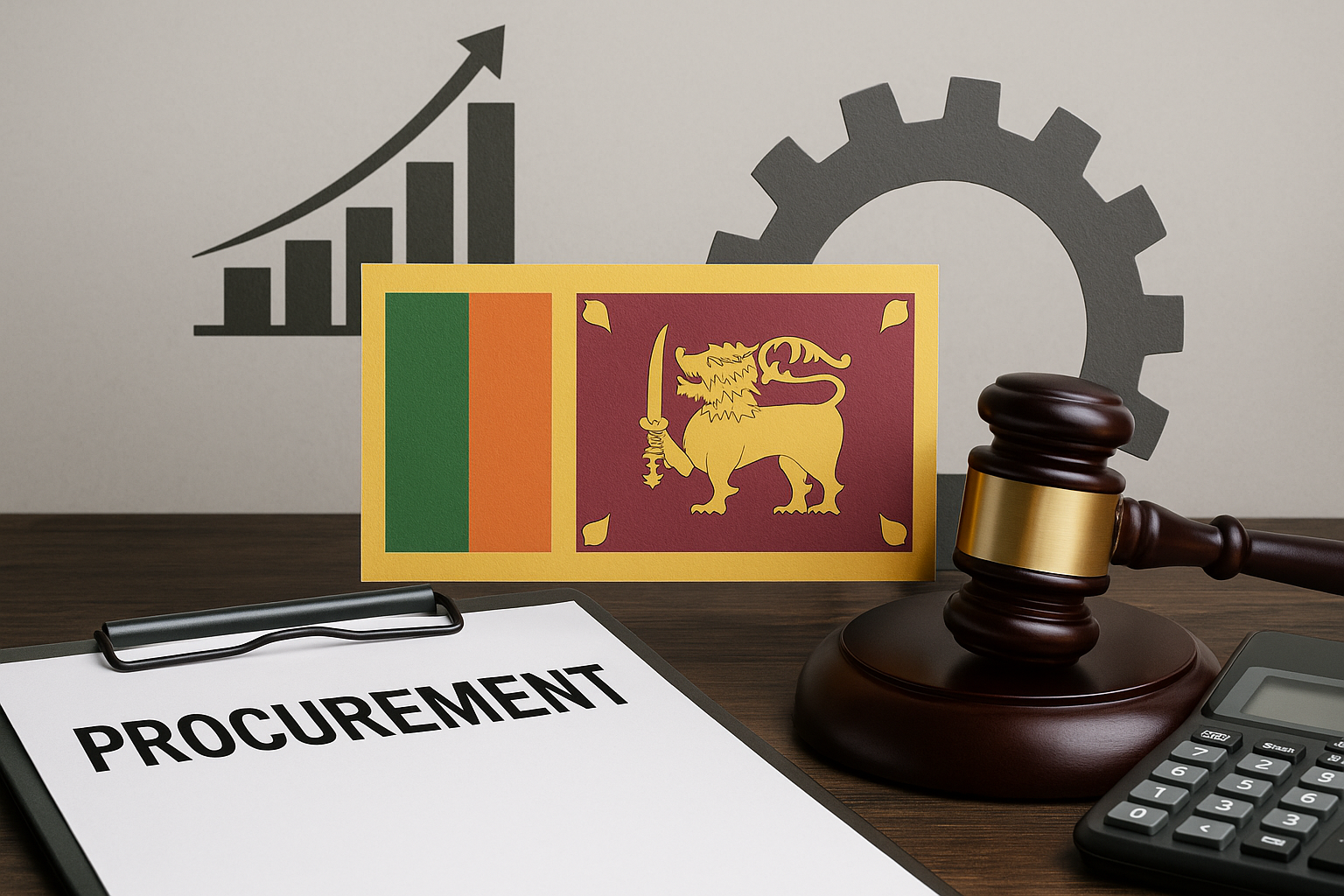Unveiling the VAT Evolution
In a groundbreaking move, Sri Lanka’s cabinet has given the green light to a significant increase in the Value Added Tax (VAT) rate, slated to take effect on January 1, 2024. This transformative amendment will propel the VAT rate from its current 15% to a historic high of 18%, marking a pivotal shift in fiscal policies not witnessed in two decades.
Tracing the VAT Journey
The inception of the VAT in 2002 introduced a dual-tier system: a 10% rate for specific goods and services, and a 20% rate for others. However, a crucial shift occurred in 2004, unifying the rates to a 15% standard rate, officially established in 2005. This rate experienced fluctuations, dropping to 12% in 2009, further dwindling to 11% in 2015. Surprisingly, it soared to 15% in 2016, followed by a sharp decline to 8% in 2019 amidst tax cuts. The VAT rollercoaster continued, reaching 12% in May 2022, only to revert to 15% in September. Now, the impending 2024 amendment is set to elevate the VAT rate to an unprecedented 18%.
Unraveling the Fiscal Landscape
State Revenue Surge in 2023
As of the first nine months of 2023, Sri Lanka witnessed a remarkable 51% surge in state tax revenue compared to the previous year. Despite this boost, the targets agreed upon with the International Monetary Fund (IMF) remain unmet, as acknowledged by the cabinet. The statement emphasized the need for additional revenue sources to meet burgeoning public sector salaries, welfare payments, and recurrent expenses.
Public Struggles and Reluctant Choices
Acknowledging the public’s challenges, the cabinet spokesperson acknowledged the reluctance behind the decision to increase taxes. The increment, though unwelcome, becomes a necessity to address the fiscal demands and maintain essential public services. The spokesperson highlighted the precarious balance between the increasing needs of the public and the available revenue.
Sri Lanka’s VAT insights indicate an already burdened economy is likely to be even more burdened under the restructured taxes but some feel that it is a better option than increasing personal tax thresholds.
Sri Lanka’s VAT insights show that the enhanced tax burden goes to support a colossal amount of state employees not to mention state resources that are always not efficiently utilised. This is a key area of concern for all tax payers in the island.
Future Tax Landscape – Sri Lanka’s VAT Insights
Anticipating the fiscal challenges, the cabinet hints at additional taxes in the upcoming budget, slated for presentation in mid-November. This signals a proactive approach to tackling financial complexities and ensuring sustainable economic growth.
Entrepreneurs fear that their businesses maybe impacted by VAT increase – many large Sri Lankan companies are also moving their bases to other countries in the face of economic challenges.
VAT in Focus -Insights from a World Bank Economist
Dispelling the myth surrounding Value Added Tax (VAT) being regressive, Shantayanan Devaranjan, a professor at Georgetown University and former World Bank economist, told media several compelling insights. Contrary to popular belief, he asserts that there is no evidence supporting VAT’s regressive nature.
VAT Progressivity Explained
Devaranjan contends that VAT’s perceived regressiveness stems from the equal treatment of citizens based on the rate. However, he emphasizes that many VAT systems include exemptions for essential items consumed by the poor, such as food. Through extensive studies in countries like Thailand, the Philippines, and Indonesia, he establishes that VAT is either moderately progressive or neutral, considering the net effect of exemptions.
VAT Efficiency: A Global Perspective
VAT’s efficiency becomes evident when compared to income tax. In countries with well-functioning VAT systems, essential sectors like health and education are often exempt. Moreover, VAT outperforms income tax in revenue generation, making it a more efficient fiscal tool. Sri Lanka’s VAT insights present a picture that is both challenging and difficult for the average man on the street to comprehend.
The Unavoidable Nature of VAT
VAT’s strength lies in its difficulty to evade. Unlike income tax, which can be easier to avoid, VAT is collected down a value chain, leaving little room for circumvention. This makes VAT a preferred choice for countries seeking robust revenue streams, with East Asia and Europe leading the way.
Conclusion: Navigating Fiscal Frontiers
Sri Lanka’s VAT insights give a picture of challenging circumstances. As Sri Lanka prepares to embrace the VAT surge in 2024, it signifies a strategic move to address fiscal challenges head-on. The journey of VAT evolution, coupled with insights from experts, debunks misconceptions and underscores its efficiency in maintaining fiscal equilibrium. The impending changes pave the way for a nuanced understanding of VAT’s role in shaping Sri Lanka’s economic trajectory.




